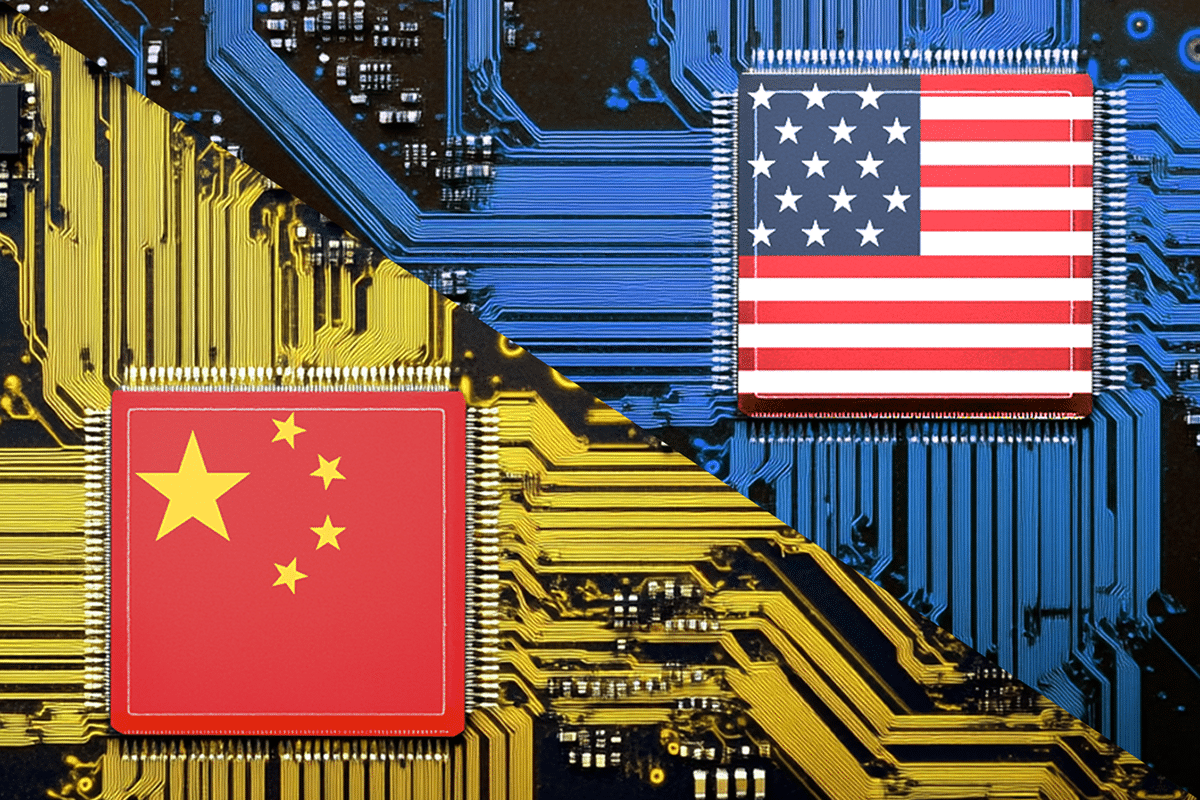The United States has introduced fresh export restrictions targeting China’s access to advanced semiconductor technology. These measures, announced by the US Commerce Ministry, represent a significant escalation in the ongoing tech rivalry between the world’s two largest economies. The restrictions aim to curtail China’s development of cutting-edge artificial intelligence (AI) and semiconductor technologies, which could bolster its military capabilities.
The new rules focus on limiting the sale of semiconductor-making equipment and advanced chips critical for high-end applications like generative AI training. The move is seen as part of broader efforts to hinder China’s ability to modernize its military and achieve technological dominance.
China’s Retaliation and Criticism
In response, China has strongly condemned the new export controls, accusing the United States of destabilizing global supply chains through unilateral measures. Beijing has imposed its own retaliatory bans on the export of critical materials, including gallium and germanium, essential for semiconductor production and electric vehicle batteries. Previously, Chinese companies could apply for special permits to export these materials to the US, but these options have now been eliminated.
The latest restrictions are part of a broader strategy by the US to curb China’s technological advancements. This follows previous measures from the Biden administration, which included reducing the types of semiconductors American companies could sell to China. The US has also expressed concerns about the security risks posed by smart vehicles using Chinese or Russian technologies.
Military Concerns Drive US Actions
The US government has underscored the strategic importance of these export controls, describing them as some of the strongest measures ever implemented to limit China’s technological capabilities. Officials have emphasized the role of these technologies in military applications, particularly in advanced AI systems that could be used in future conflicts.
The heightened scrutiny comes amid growing concerns over China’s increasingly aggressive posture toward Taiwan, a democratic island that Beijing claims as its own territory.
China’s Push for Technological Independence
China has doubled down on its efforts to achieve self-sufficiency in key technologies. Xi Jinping’s government has prioritized investments in domestic innovation, including the establishment of a $47.5 billion semiconductor fund. Backed by major state-owned banks, this initiative reflects Beijing’s ambition to position China as a global tech leader.
The country’s economic strategy hinges on reducing reliance on foreign technology, particularly in areas deemed critical for national security and economic stability. However, the new US export controls threaten to disrupt China’s progress, potentially slowing its ability to produce advanced semiconductors and AI systems.
A Broader Context of Rivalry
The US has accused China of stealing intellectual property, particularly in AI software, in an effort to protect its position as a global leader in innovation. Such accusations have further strained the already tense relationship shaped by both economic and military competition.
Meanwhile, the tech race has broader implications for global stability. Both nations are vying for dominance in critical technologies that will shape future economic and military landscapes. As tensions rise, the competition threatens to further fragment global supply chains and escalate geopolitical risks.
Outlook on the Rivalry
With the US taking aggressive steps to limit China’s access to advanced technology and China responding with its own restrictive measures, the tech rivalry shows no signs of abating. Both nations are heavily invested in gaining an edge in military and economic technologies, a contest that will likely have long-lasting consequences for global innovation and security.
As the US and China continue to enact policies aimed at outmaneuvering one another, the stakes remain high, not just for the two nations but for the rest of the world that depends on stable trade and technological progress.





